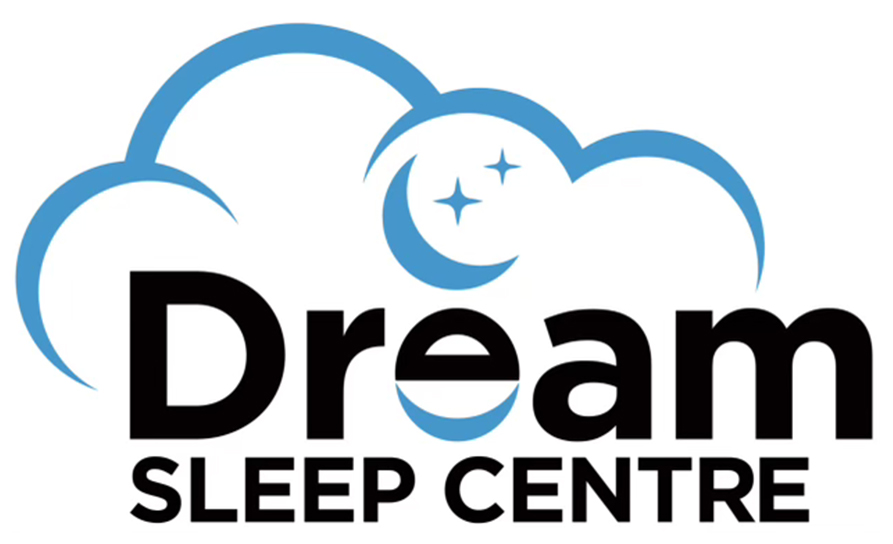OBSTRUCTIVE SLEEP APNEA
OBSTRUCTIVE SLEEP APNEA
What Is Obstructive Sleep Apnea?
Obstructive sleep apnea is a common and underdiagnosed condition which negatively affects one’s health and well-being. Approximately 24% of men and 10% of women have OSA. OSA is caused by abnormal breathing events caused by upper airway collapse during sleep.
When we sleep at night all the muscles of the body relax. This includes the muscles of the upper airway. In susceptible individuals, this can lead to upper airway narrowing & closure. Snoring is caused by vibration of the upper airway tissues when asleep. Snoring by itself is a cosmetic disorder that does not negatively affect one’s health (though it may disrupt the sleep of one’s bed partner!) Most people with OSA snore but not everyone who snores has OSA. Whether it’s chronic snoring or Obstructive Sleep Apnea these conditions should be properly diagnosed and treated effectively.
In people with obstructive sleep apnea, the airway muscles relax too much when asleep so that the airway becomes partially or completely blocked for several breaths. As a result of the obstructed airway, airflow to the lungs is reduced which decreases oxygen delivery to the bloodstream. When this occurs the brain arouses out of sleep as a protective mechanism. It sends strong signals to the airway muscles to open up, and a person resumes breathing normally. The person usually falls back asleep within several seconds unaware of the sleep disruption. However, this fragmentation of sleep leads to many of the daytime symptoms of OSA. This lack of restorative sleep has a detrimental long-term impact for a majority of patients.
OSA Symptoms
Nighttime symptoms include snoring, gasping, apneic episodes/pauses in breathing (witnessed apneas), frequent arousals, restless/interrupted sleep, difficulty maintaining sleep, frequent nighttime urination, and frequent headaches during the night and early morning.
People who suffer from OSA often awaken unrefreshed in the morning. They often feel sleepy, tired, fatigued, or lack energy throughout the day. Untreated OSA can contribute to a higher risk of hypertension, stroke, heart disease, A-Fib, and mood disorders. People with untreated OSA are twice as likely to have automobile accidents due to mental tiredness and decreased attention when driving. Men who have untreated OSA are more likely to suffer from erectile dysfunction and treatment of OSA can improve this condition. Treatment of OSA may improve glucose control in diabetics as well.
OSA Treatments
PAP Therapy
PAP therapy is the most common, and “Gold Standard” treatment in those with OSA. People who use PAP therapy sleep with a mask that fits over their nose and/or mouth. This treatment creates a constant positive airway pressure (PAP) which is delivered to the patient’s upper airway via the mask and keeps the upper airway open by acting like a pneumonic splint. PAP treatment usually normalizes breathing at night and eliminates snoring and the majority of abnormal breathing events. This therapy usually takes several weeks to months for the patient to become entirely adapted / adherent to treatment.
OAT Therapy
A mandibular advancing oral appliance, or MRD, is often an appropriate treatment in those with mild to moderate OSA. The MRD is a device, custom-made by a specially trained dentist that one wears whenever sleeping. It attaches to the upper and lower teeth and protrudes the lower jaw forward.
This action opens up the upper airway, advancing the tongue forward and prevents upper airway collapse. This treatment often improves sleep apnea and reduces snoring significantly in mild to moderate cases of OSA.
ENT Procedures
There are several surgeries which can improve OSA. Studies have shown that in people with OSA and nasal obstruction, nasal surgery will improve OSA in select cases.
High-frequency radio wave surgical procedures, Uvulopalalatophayngoplasy, and other types of procedures performed by an Otolaryngologist / ENT physician may be considered in patients with OSA that fail PAP or OAT. In addition, these types of procedures are performed to improve nasal breathing, thus optimizing PAP/OAT treatment. Studies show this therapy improves OSA approximately 50% of the time.
Additional Treatments
Weight loss / Bariatric Medicine Surgery can significantly improve OSA in obese subjects. Avoiding alcohol and sedatives near bedtime is recommended, as these relax the airway muscles and worsen the OSA condition.
DEL MAR
OCEANSIDE
ADMINISTRATIVE HOURS
Monday to Friday: 8:30 pm – 5:00 am
Our Sleep Lab is open on a nightly basis
